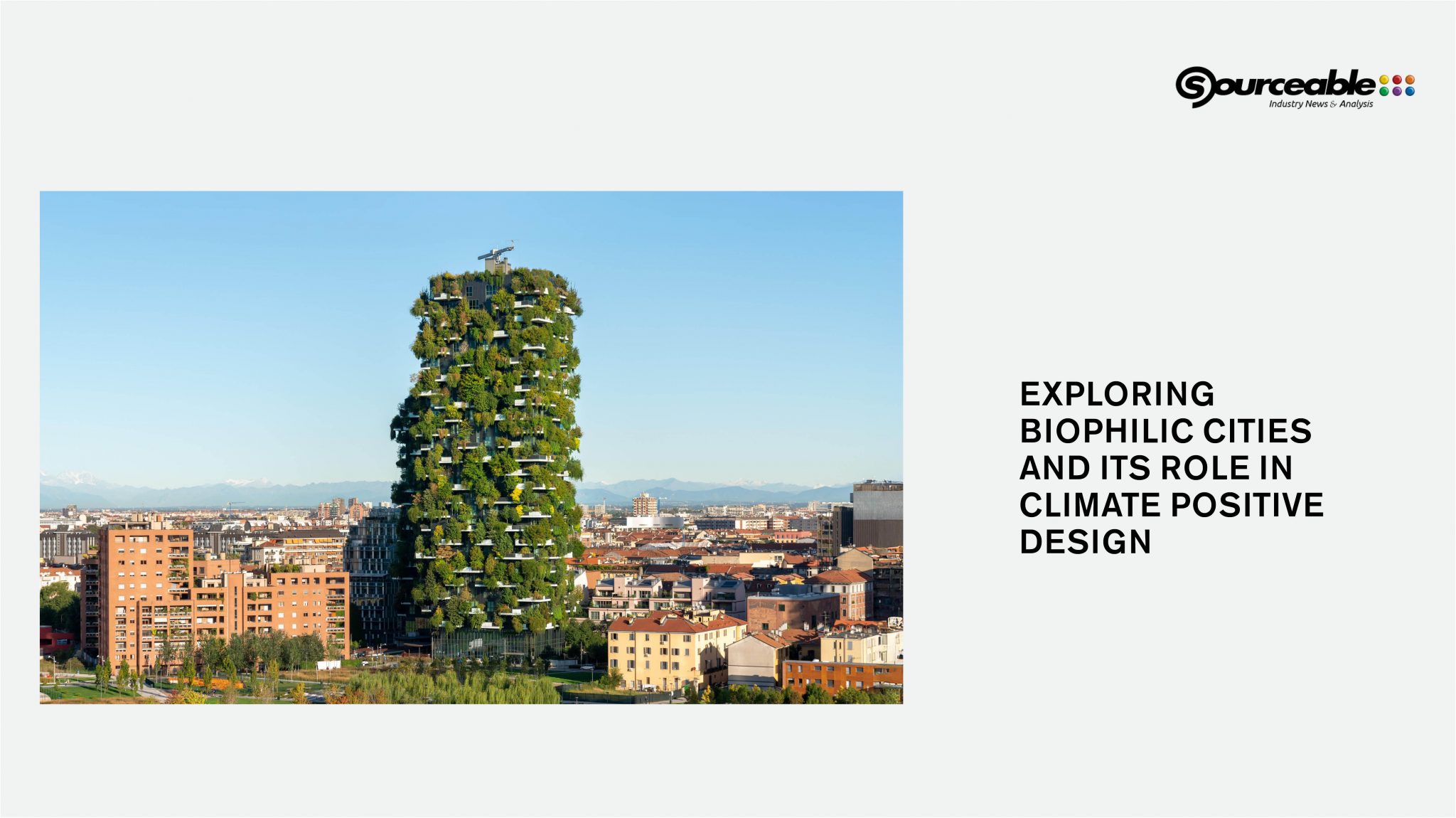
In an article by Behnaz Avazpour published in Sourceable, the Vertical Forest is featured as an exemplary project of biophilic design.
Biophilia, Avazpour explains, is a concept that emphasises the importance of interaction with nature for both our physical and mental wellbeing, and goes well beyond the simple addition of plants to spaces; it strategically incorporates natural patterns, light, materials, organic forms and spatial configurations to foster a sense of connection with nature, positively impacting mental and physical health, enhancing the urban experience and contributing to ecological sustainability
In many cities, biophilic design is applied in different ways, from large-scale to small-scale elements. In Milan, the Vertical Forest is an example of a biophilic project integrating 800 trees and over 20,000 plants in two residential towers.
The Vertical Forest concept, i.e that of being ‘a home for trees that also houses humans and birds’, defines not only the urban and technological characteristics but also the architectural language and expressive qualities of the project. On a formal level, the towers are in fact mainly characterised by the large balconies staggered between them and cantilevering significantly (about three metres), functional to accommodate the large perimeter tanks for vegetation and to allow the unhindered growth of larger trees, even along three floors of the building.
To read the full article: https://sourceable.net/exploring-biophilic-cities-and-its-role-in-climate-positive-design/
